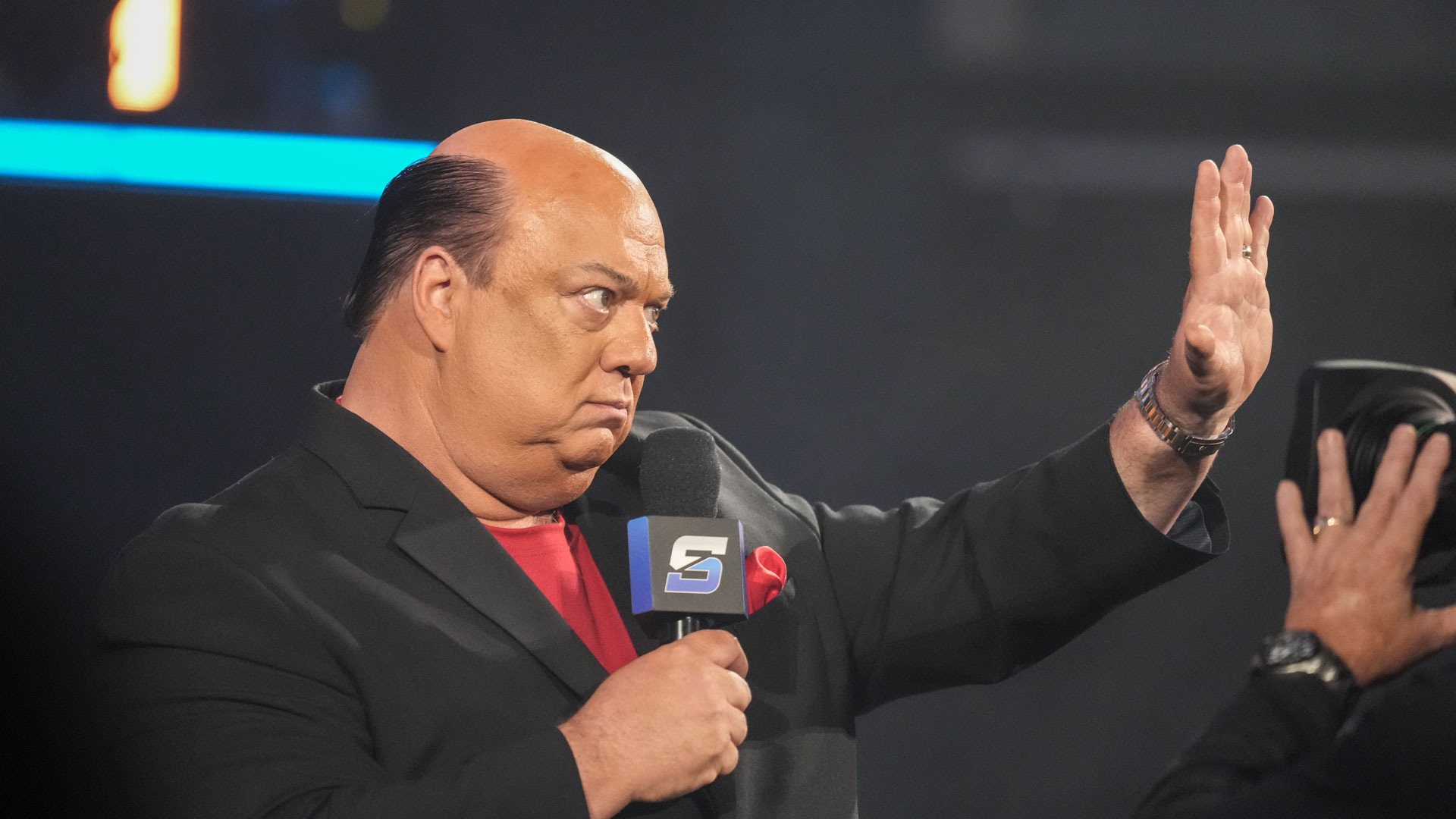When Kate Winslet stumbled upon the extraordinary story of Lee Miller she didn’t want to let go. Miller was an American photographer who became a correspondent for British Vogue during World War II, shooting everything from London after the Blitz to the liberation of Dachau. In 1945, David E.
Scherman took a rather famous photo of her in Hitler’s bathtub in Munich. Before the war, Miller had already led many lives as a model and so-called “muse” to surrealists like Man-Ray. After, she continued documenting the fallout in Eastern Europe, all the while struggling with alcoholism, PTSD and trauma from sexual assault at a young age.
Winslet didn’t just want to play this woman; she wanted to shepherd the story to fruition. It set her on a nearly 10-year journey to bring “Lee” to the big screen. It opens nationwide Friday.
The Oscar-winning actor spoke to The Associated Press about the film, its impact and the toughest day she’s ever experienced as an actor. Remarks have been edited for clarity and brevity. AP: Why do Lee Miller captured your imagination to this extent? WINSLET: Many people are asking me, understandably, why Lee Miller? Why now? It’s evident, not least because of how important her work was, but because of what she represented in terms of what it means to be female.
She was redefining femininity already 80 years ago to mean everything that it means to us now: Resilience and compassion and determination and togetherness and empathy and strength. She.


















